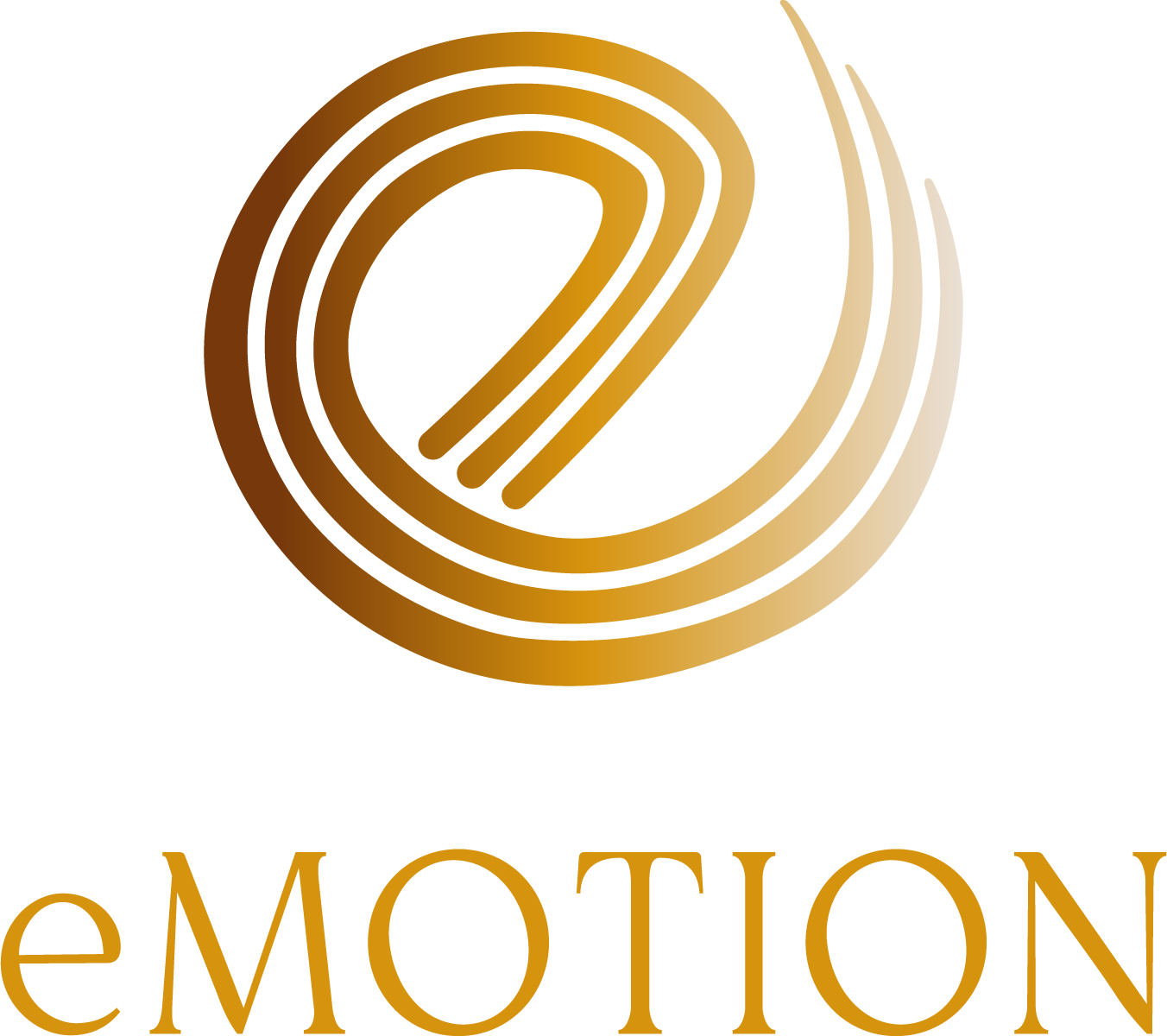therapist might combine cognitive-behavioral strategies (to help change negative thought patterns) with psychodynamic methods (to explore past experiences), along with humanistic approaches (focusing on personal growth and self-acceptance).
Some key features:
-
Holistic focus: It considers emotional, behavioral, cognitive, and sometimes even physical or spiritual aspects of a person.
-
Client-centered: Therapy is adapted to the individual, not the other way around.
-
Evidence-informed: Practitioners draw on techniques shown to be effective but adjust them depending on the client’s goals and preferences.
-
Common integrations: CBT, mindfulness, psychodynamic therapy, person-centered therapy, family systems, and others.
The benefit is that it allows for greater flexibility and responsiveness in therapy, making it useful for people with complex or multifaceted concerns such as trauma, anxiety, depression, or relationship difficulties.
So What are the differences between IP and IBP
Integrative Psychotherapy
-
A broad psychological approach that blends methods from different schools of therapy (e.g., cognitive-behavioral, psychodynamic, humanistic, systemic).
-
The integration is primarily mental, emotional, and relational—tailoring the therapy to the client’s unique personality, history, and goals.
-
While it may acknowledge the body (stress, health, somatic symptoms), its main focus is on thoughts, feelings, and behaviors.
Integrative Body Psychotherapy (IBP)
-
A specialized form of integrative psychotherapy that emphasizes the mind–body connection.
-
Based on the idea that trauma, emotions, and patterns are not just stored in the mind but also in the nervous system and body (muscle tension, posture, breathing patterns, etc.).
-
Uses techniques that combine talk therapy with body-centered practices like breathwork, movement awareness, mindfulness of physical sensations, and grounding exercises.
-
The aim is to help clients release unresolved emotions, trauma, or stress held in the body, leading to more integration of mental, emotional, and physical well-being.
